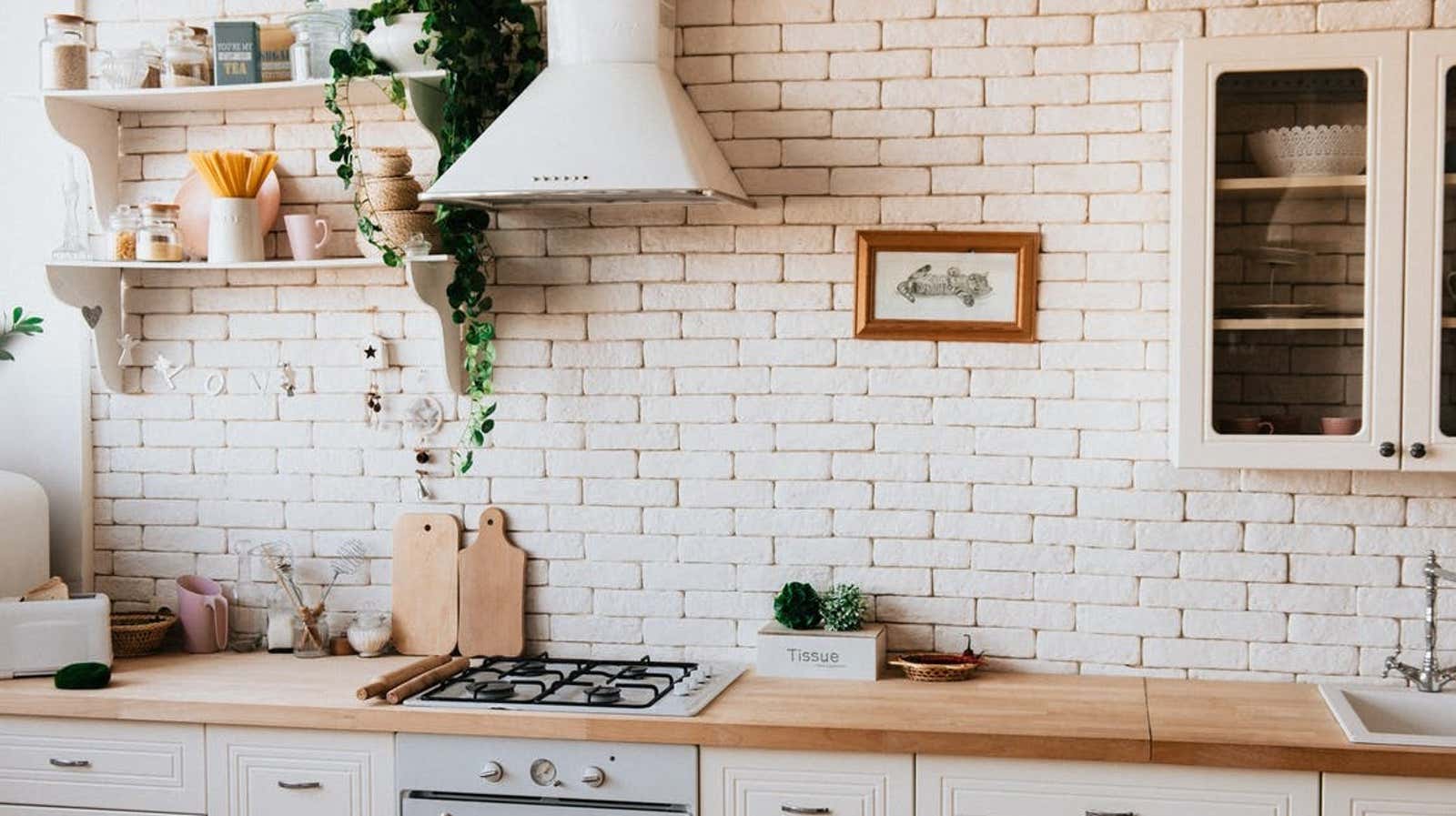How to Clean a Kitchen After a Flood

Living in a flood-affected area can be traumatic and can get worse if you don’t prepare. In light of the potential flooding in the US this week, the FDA has shared some tips on what to do when you clean up after a flood, specifically what to do to clean up.
The first step is being prepared. The FDA recommends keeping liquid household bleach on hand (which will become clear in a minute) and keeping food, water and medicine supplies on shelves that will be safe in the event of a flood. You will also want to know where you can get dry ice if you need it, and what to do in the event of a power outage. You will also want to have ready-to-eat foods on hand that do not require cooking or refrigeration.
If possible, try to drink only bottled water after a flood. If you don’t have bottled water, you can boil the water for one minute to make it drinkable. If you can’t boil, the FDA says “drinking water can be made by adding 1/8 teaspoon (or 8 drops) of homemade, odorless liquid bleach (5.25% strength) to 1 gallon of water. Mix well and let stand for 30 minutes before using. (If the water is cloudy, filter it through a clean cloth, or let it sit and drain off the clean water before adding the bleach.)
This bleach also comes in handy when it comes to cleaning. The FDA recommends that you “thoroughly wash, rinse, and disinfect (using a solution of 1 tablespoon of odorless (5.25%) household bleach in 1 gallon of water) all metal pots, cookware, utensils (including can openers), and countertops. “
You will also want to clean up any canned food that has been exposed to flood waters. The FDA states that “all-metal, intact canned food can be used if it is cleaned, rinsed and disinfected in a solution of 1 cup (8 oz / 250 ml) odorless (5.25% concentrated) household bleach solution 5 times. gallons of water for 15 minutes. The labels should be removed before cleaning, and then the cans should be re-labeled. “
And use common sense. If something seems unsafe, don’t risk it.